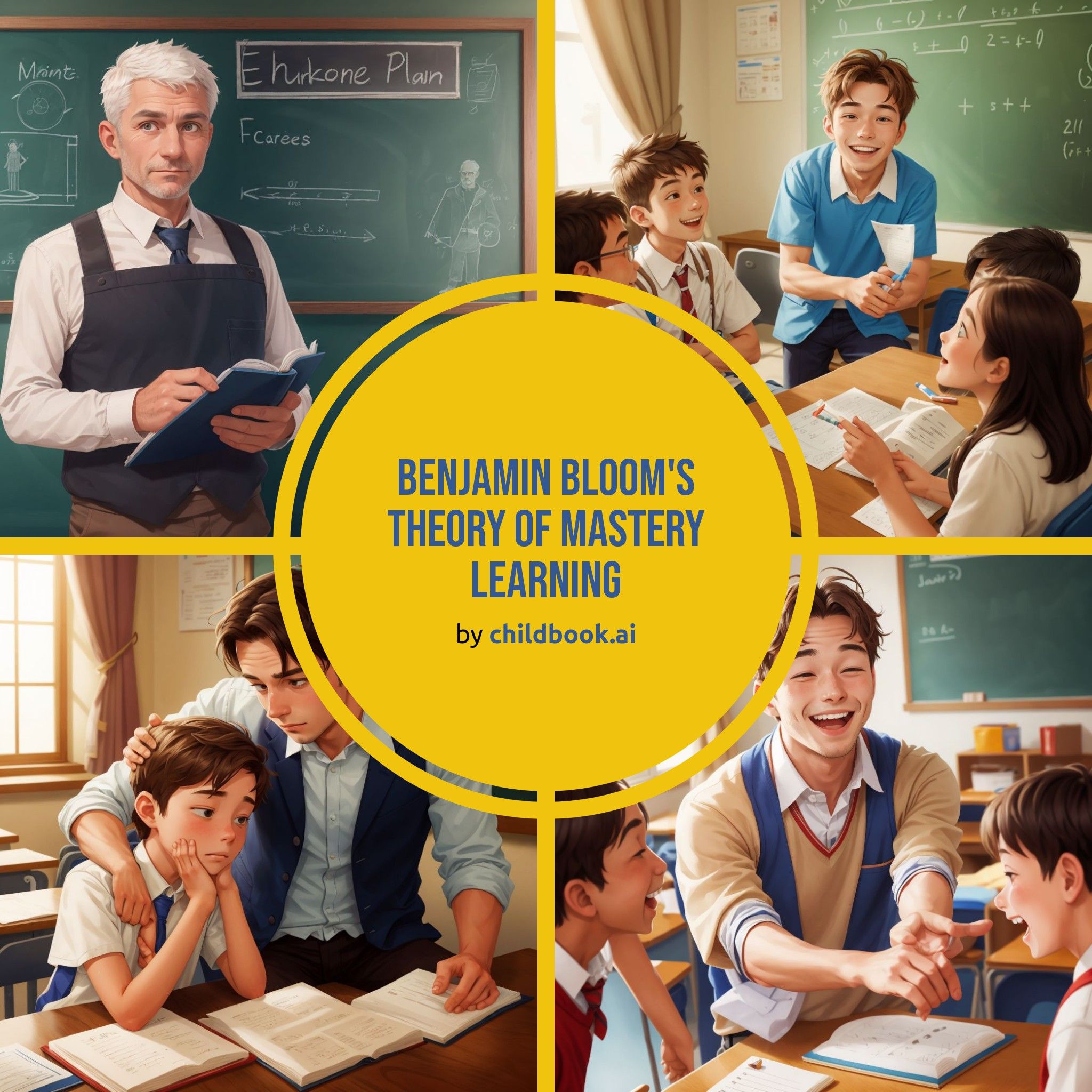

Benjamin Bloom had a brilliant idea. He believed every child could master any concept, given the right time and teaching method. He pictured a classroom where no student was left behind, each learning at their own pace. This vision led him to create the theory of Mastery Learning.

Benjamin decided to test his theory with a small group of students. He introduced a math concept in a way that each child could understand. Some students grasped it quickly, while others needed more time. Benjamin was patient, ensuring each student mastered the concept before moving on.

Not everything went smoothly. Some students felt frustrated when they struggled. Benjamin encouraged them, showing that learning is a journey. With his support, every student began to improve, understanding the power of perseverance.

As the students mastered one concept after another, their confidence soared. They started to enjoy learning, seeing it not as a chore but as an adventure. Benjamin smiled, knowing his theory was making a difference.

Word of Benjamin's success spread. Other teachers began to apply his methods. They tailored lessons to each student's pace, seeing remarkable improvements. Mastery Learning was transforming education.

Not everyone was convinced. Critics argued that Mastery Learning was too idealistic. But as more success stories emerged, skepticism turned into curiosity. Educators everywhere started to take notice.

Mastery Learning became a new standard in education. Schools adopted Benjamin's approach, customizing teaching to meet every student's needs. Students thrived, excelling in ways they never thought possible.

Years later, Benjamin Bloom's theory continued to inspire. Teachers and students alike embraced the idea that with the right support, everyone can achieve mastery. Benjamin's dream of a classroom where every student succeeds had become a reality.